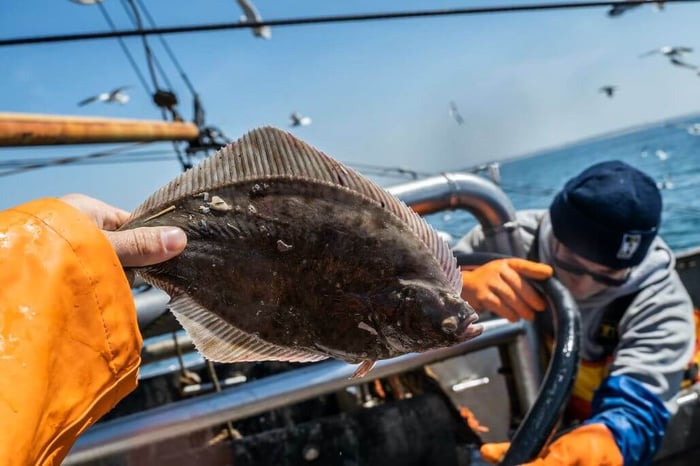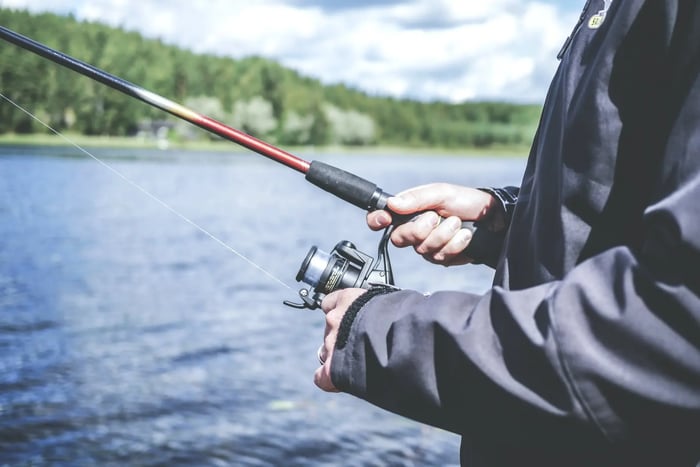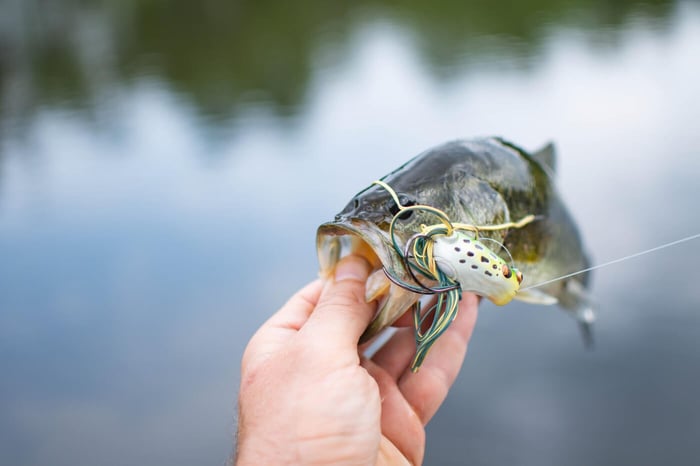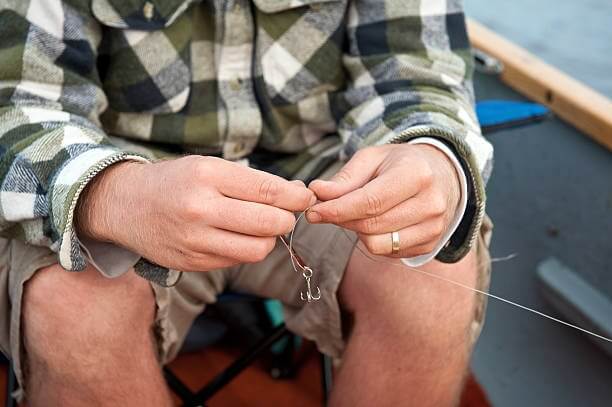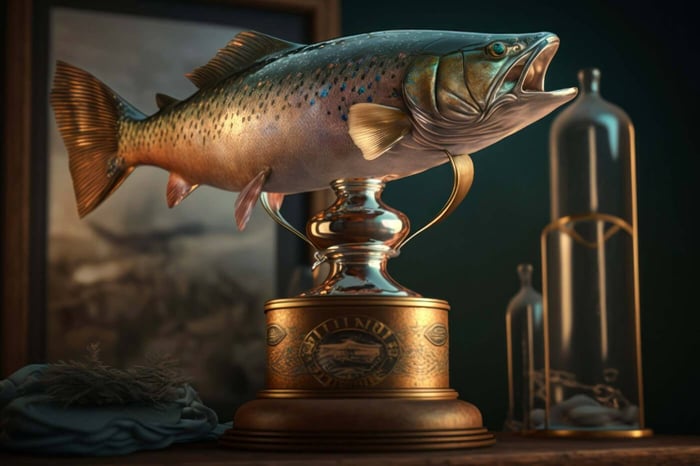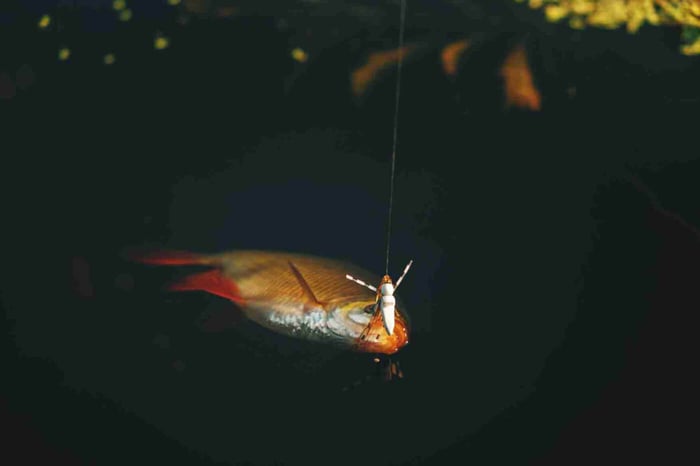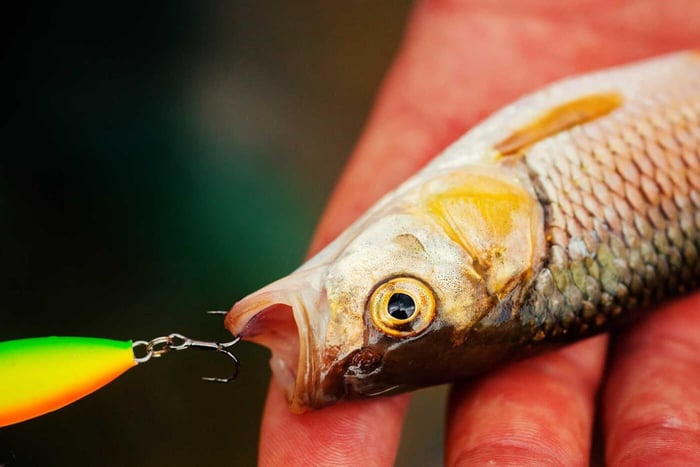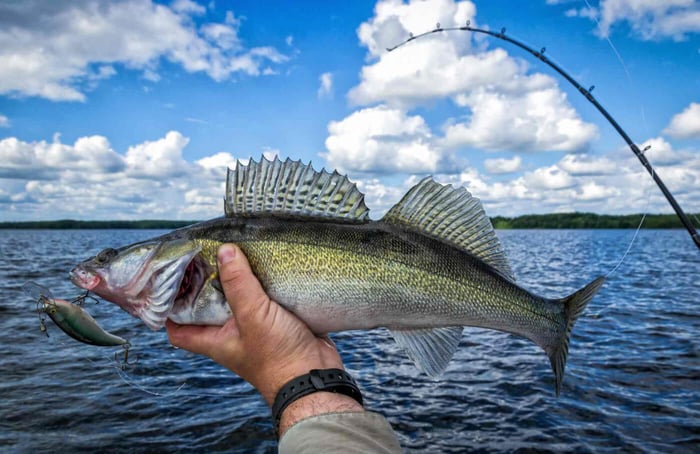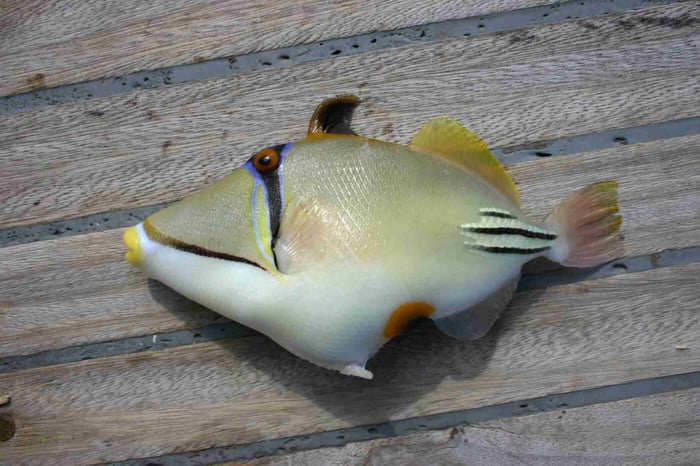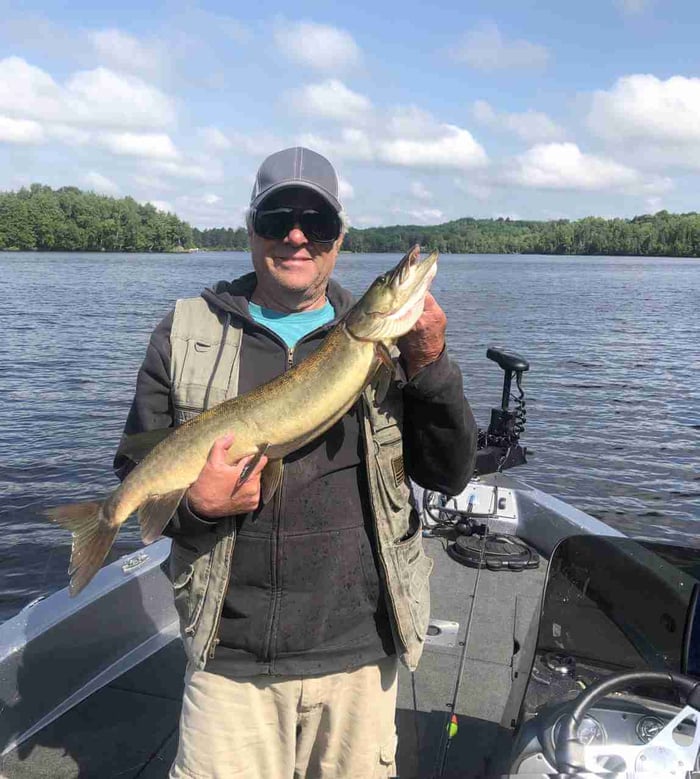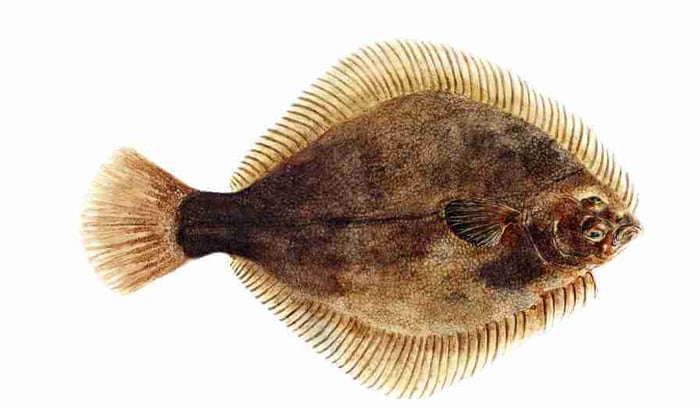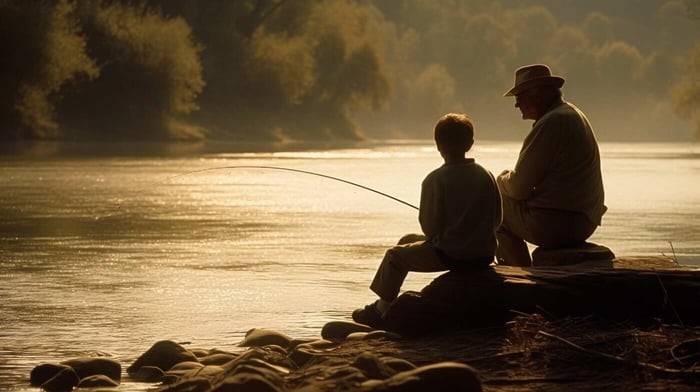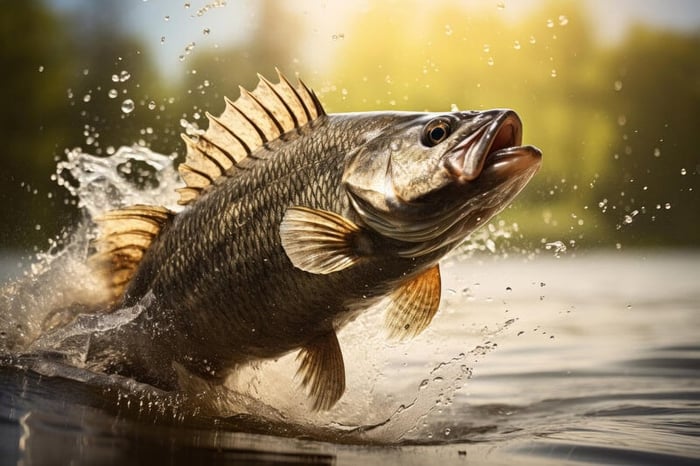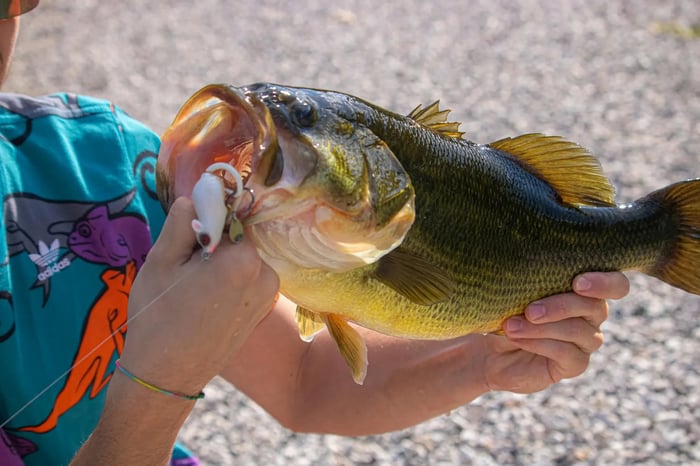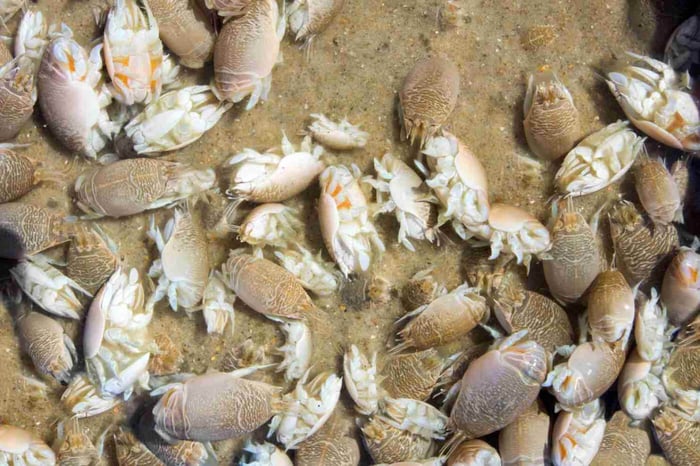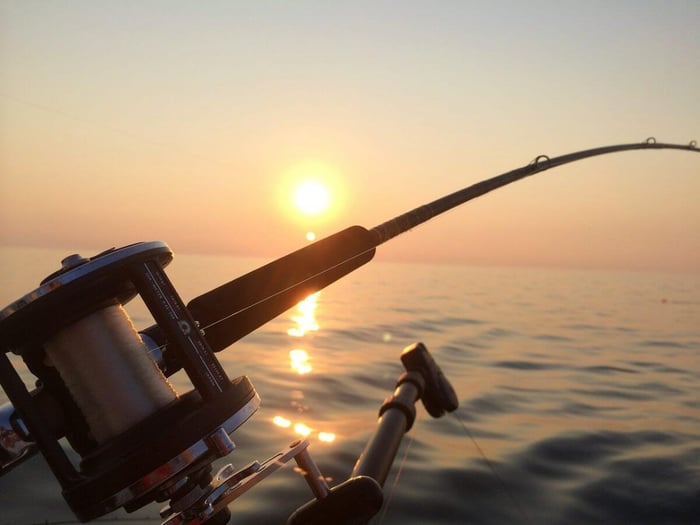THE MOST POPULAR GAME FISH - FLOUNDER & MORE

Flounder is an all-time popular game fish among anglers, not just in the United States but also across New England and Australia. There are a variety of reasons why this fish is such a sought-after catch. First of all, flounders are widespread and relatively common throughout their range. What's more, they are very easy to lure into the bait —whether it is natural or artificial bait. If you are the kind that loves extra spice and challenge, catching flounder is also the way to go. With a few great flounder techniques, you can catch on; this will surely give you the adrenaline rush you have been looking for.
So, if you want to learn how to easily catch flounder, do your thing and look for the best fishing tips there are. You need to use the best baits and lures for flounder, as well as when and how to find and catch them. To ensure a seamless fishing adventure, it is ten times better to go into it carrying a few tricks and techniques to give you an instant edge out on the water. You may want to practice a little bit of drifting live or cut baits along the bottom of the ocean or perhaps work an artificial one through the water column —the decision is completely up to you!
If there is one very straightforward trick in catching flounder, you simply need to perfect getting your bait or lure on the bottom so flounders who live and feed on in that area can cling to it almost immediately. Of course, there's more to it than just baiting and luring them. Keep on reading if you want to learn more.
Wanting to catch flounder during your next fishing trip? Just follow through with this article to know the basics. It may get a little tricky at first, but this delicious-tasting fish will give you a savory meal after. In this article, we will talk about flounder fish in general, what it is, its seasonal availability, and how to catch some flounder. In line with that, we will talk about the best fishing gear, boats, baits, and techniques to employ while out there in the open water fishing for flounder. What's more, we will also talk about how tides, both low tide and high tide, affect your chances of catching some flounder on your next fishing trip.
So, take out your pens and take note of these trips and tricks that we are about to tell you.
FLOUNDER FISH - WHAT IS IT?
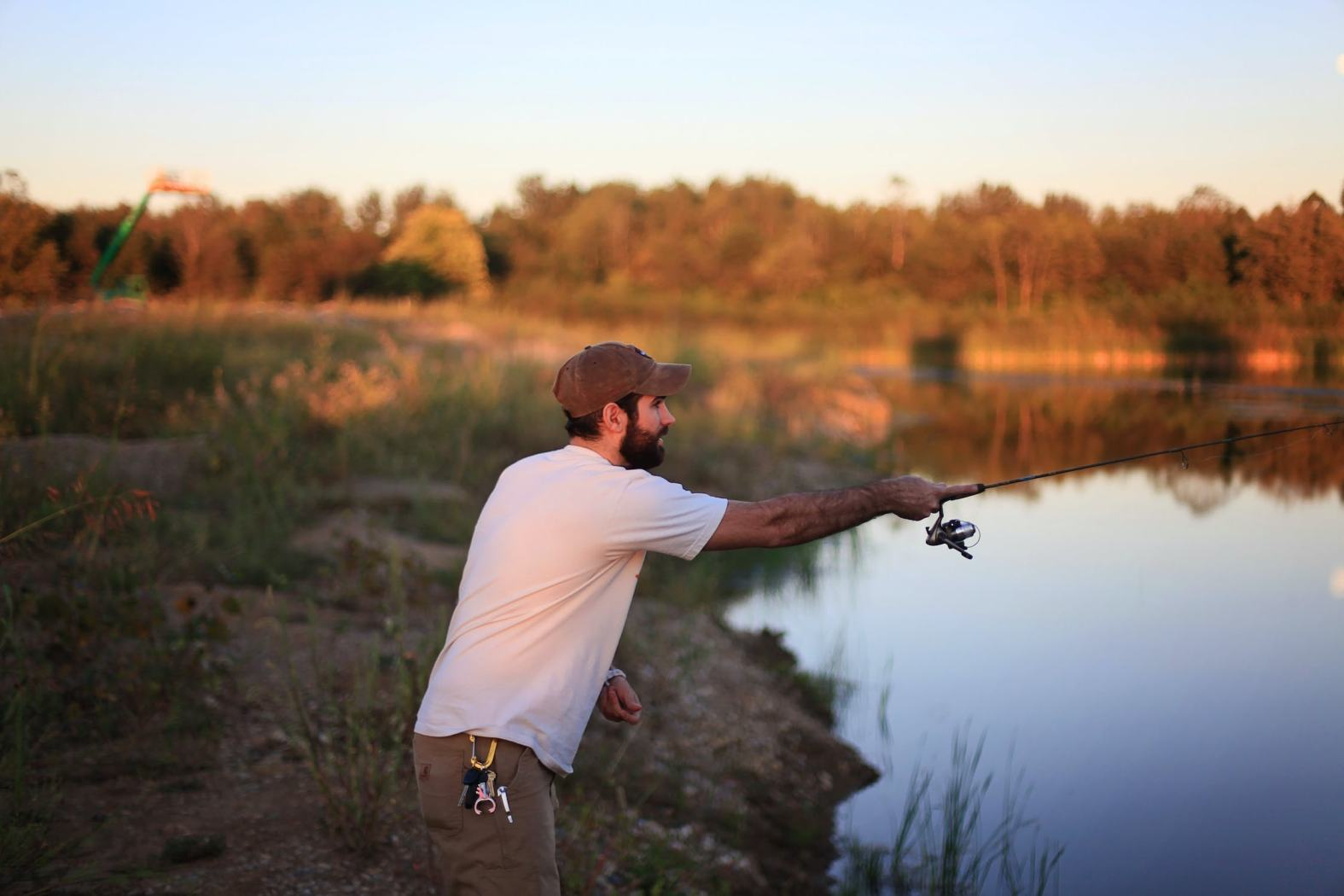
To be a master of flounder fishing, you need to know what flounder is. The flounder specie belongs to the suborder Pleuronectoidei, which includes the other flounder family groups such as Achiropsettidae, Bothidae, Pleuronectidae, Paralichthyidae, and Samaridae. Although Mid-Atlantic anglers are more inclined to catch the summer flounder of the Paralichthyidae family because it is the most popular one. Just a caution, though, flounders belonging to the Paralichthyidae group are also known for their large, sharp teeth. So, you might want to take note of that before recklessly going after them.
Generally, flounder reside in estuaries and coastal waters along the Atlantic and Gulf coasts. In the Atlantic Ocean, however, they travel in inshore and offshore waters between Nova Scotia and the east coast of Florida. In terms of appearance, flounder has this distinct and funny-looking features that almost all flatfish —or any fish of that kind— have. As such, they are flat and swim their side along the ground. This is also perhaps the reason why flounders' eyes migrate so that both are on the side of their body that faces up. Apart from that, flounders are referred to as the "chameleons of the sea" because they can camouflage themselves, usually to hide from predators.
There may be different kinds of flounders, but they have one thing in common: they all have brown bodies, white bellies (the side facing down), and are covered in eye-like spots. However, the placement of the spots and side of the eyes develop according to the kind of species to which they belong. For example, summer flounders, in particular, have ten (10) to fourteen (14) large spots, and they are always oriented left-side up.
The Biology of Flounder
-
The average weight of summer flounder ranges between three (3) to six (6) lbs. In addition to that, a flounder's width is normally half its length.
-
The average length of summer flounder is fifteen (15) to twenty-two (22) inches.
-
A flounder's life span is about twelve (12) to fourteen (14) years.
-
They reach sexual maturity around two (2) to three (3) years.
THE SEASONAL AVAILABILITY OF FLOUNDER
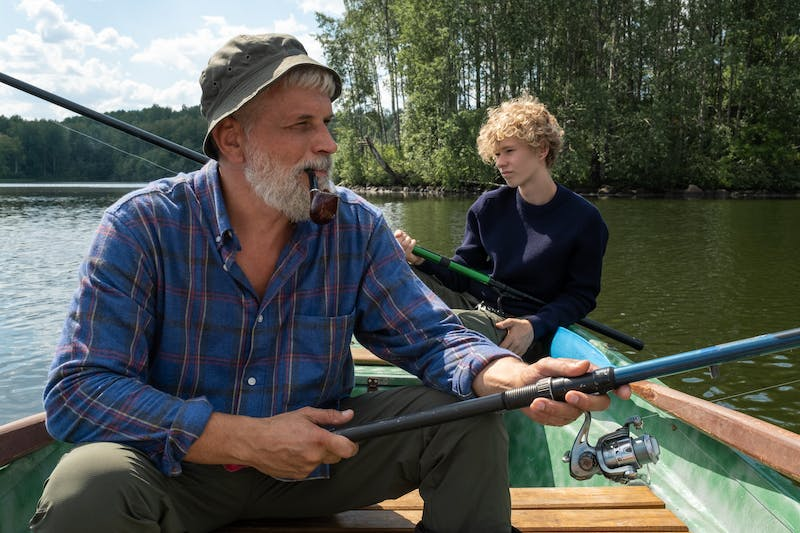
If you have done your research on flounder, you probably know that there is summer flounder, winter flounder, spring flounder, and fall flounder.
Let's start with the most popular flounder, also known as the summer flounder. Unlike other flounders, they have a year-round open season in the Chesapeake Bay and most tidal waters. However, it is important to note that summer flounder don't really roam around the Potomac River tributaries because the Potomac River Fisheries Commission (PRFC) establishes recreational fishing seasons there. Now, when is the best time to fish for flounder? This actually depends on migration. As such, it will increase your chances of catching flounder if you keep yourself updated about when to expect flounder to hit the bay and coastal waters.
During the late fall flounder migrate offshore in the late fall to winter months for the spawning season. With this, you can expect that the best time for you catch some flounder is from spring to fall, as it is the time when they move to the estuaries and nearshore waters. If you want to catch some fall flounder at the coast, you should note that flounder migrates from the back bays to the inlets. This migration is in preparation for the spring season, and that's why flounder stay collectively in these areas as well as estuaries.
In summation, here are the breakdown points of flounder in different seasons:
Spring - Best bet to fish around in waterfront bays and inlets.
Summer - Best bet to fish around waterfront bays and inlets, estuaries, and close-shore beachfront waters in the vicinity of wrecks and reefs.
Note: Each season is unique and therefore brings different levels of fishing yields. As such, during summer, these areas might prove the most productive. Still, keep your eyes on those fishing reports to best know which is hot and when to plan your trip.
Fall - Great in coastal bays, estuaries, and close-shore seaside waters. In addition, it is best to fish throughout a fall run happening in or around coastal bay inlets, as this is when the fish start their migration period.
ALL ABOUT FLOUNDER FISHING - HOW TO FISH FOR FLOUNDER?
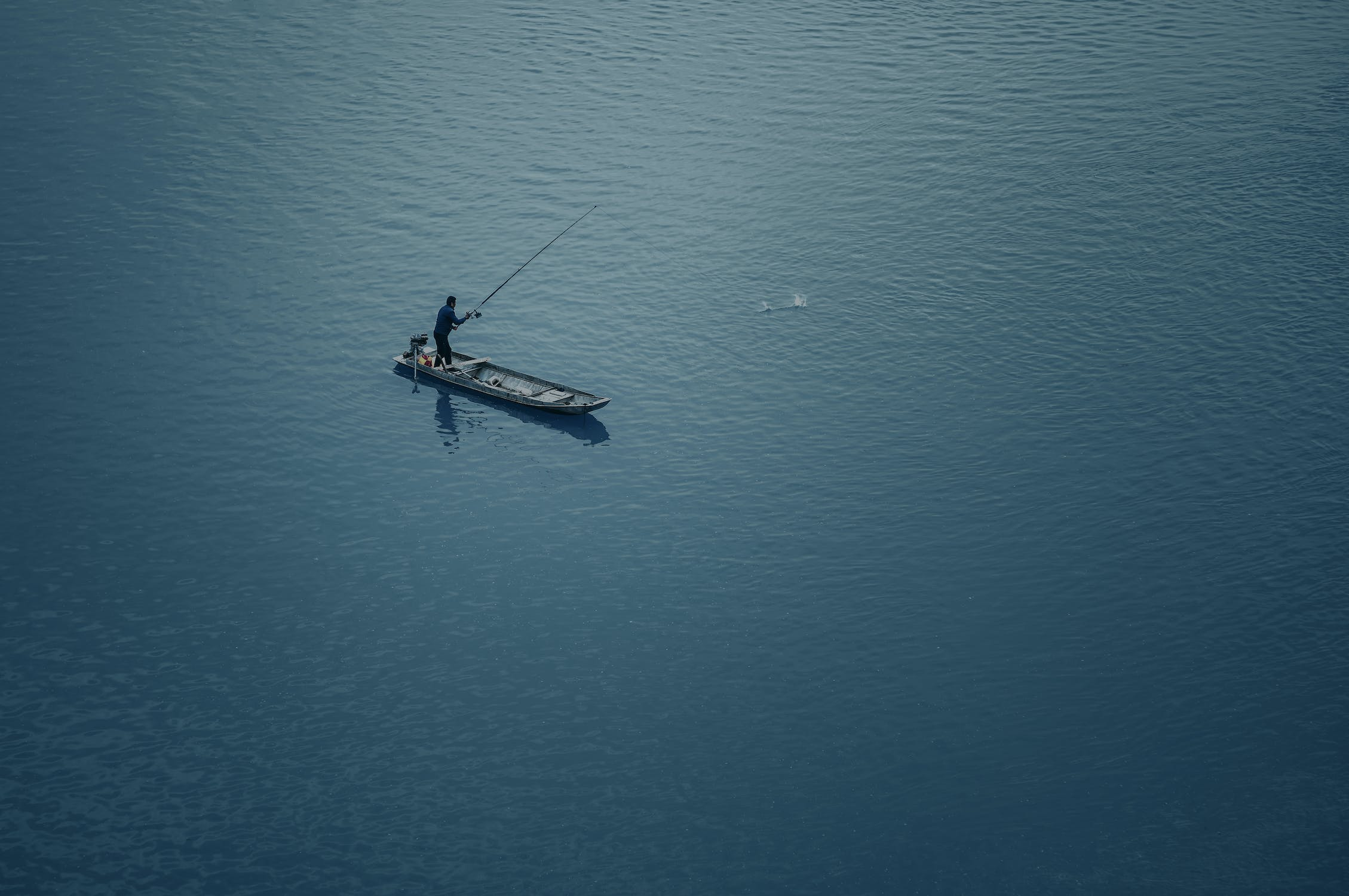
1.1 FLOUNDER FISHING GEARS
Rod and Reel
A telescopic rod or a light 7-feet (2.1m) bar will suffice for your flounder fishing activity. This is enough to feel the little nibbles of the fish below the waters. If you have extra resources to couple it with a light to medium ten to twelve-pound reel, then you should. Probably, a fishing reel that is around four to five kilos, so it doesn't easily snap the moment you catch a much bigger fish.
LINE AND TACKLE
First, you need to assess and read on reliable sources how big the flounder is in area. From there, you can decide whether to pick a fourteen to twenty-pound line (about six to nine kilos heavy) if the flounders are in a bigger size or a ten to twelve-pound line (about four to five kilos heavy) if the flounders are in a smaller size.
Next, another great tip is to use circle hooks and pair them up with a good-quality sinker so it will settle down perfectly at the bottom of the ocean. If you can, bring with you a flashy and reflective spinner rig, especially one in gold and shiny color, to attract fish even more.
BAITS AND LURES
Now, let's talk about the different baits you can use to lure flounders. This is one of the most crucial decisions you can make because it can either make or break your flounder fishing activity. As such, flounder hits a variety of baits —whether it is natural or artificial.
-
Natural Live Bait
Live bait is arguably the best bait you can use to lure flounders into the waters. When using smaller baits, you should make sure to hook through the eyes. On the other hand, when using bigger baits, you should make sure to hook through the eyes.
The best live baits you can use for flounder fishing are as follows: finger mullet or minnows, mummichogs or mud minnows, live shrimp, and marine worms.
-
ARTIFICIAL Bait
If you want to use some artificial lures, then you should do it properly. For instance, you should look for shiny, two-toned lures in colorful shades such as pink, yellow, silver, or white. You should get lures that are good imitators of small fish movements. Even better if you can use a grub-tailed jig with a large curly chair to attract flounders even more.
To get better results, you can even add some live bait to an artificial lure to lure more flounders into biting.
Side Note: If you want to explore flounder fishing on the shore, you should wade into the water slowly and carefully as you approach them in shallow water. By doing this, you prevent spooking fish away. So, just use your feet to feel for drop-offs where flounders usually reside and hide. To compare, this technique works more during the warm season because flounders usually stay near the coast.
1.2 Boats To Use to Catch Flounder
If you want to go flounder fishing, the best bet would be to use a rowing or paddling boat similar to a kayak. These boats are fairly easy to buy, as well as easy and less expensive to rent. Especially if you have a license, then using a skiff and other shallow, flat-bottomed open boats are even more perfect choices. This is because the lower sides let you land it without any problem. With a boat, you can fish and catch some flounder all year.
1.3 Flounder Fishing Tips and Techniques
Drift and Bounce
To do drift and bounce, you need to go out on the water during the migration period of flounders at slack tide. Next, track down the slow-moving current and switch off the motor engine of the boat. After which, allow the boat to drift and float in that area. And then, project your line while making sure that it has a sufficient load to arrive at the base.
While doing so, keep the bait from moving up and down to draw in a hungry flounder. If by chance you feel a little chump below, do not pull immediately, no matter how excited you are. Just keep it still for a few minutes and allow the fish to take a greater nibble before you reel the line.
Flounder Gigging
To effectively carry out this flounder gigging technique, you need to go to a creek or estuary, ideally on a dark night. As such, you need to bring and utilize a light-generating device, such as a lamp, to spot the reflection of the eyes of the flounder. And then, bring down your gig into the water, particularly aiming behind the eyes. As quickly as you can, spike the flounder with an abrupt thrust. Ultimately, one of the best tips you can utilize is to aim deep and let the water distorts distances.
In addition to that, you can gig from a boat or at the ocean side. You just need to make sure that gigging is permitted within the area and that your fishing gears and equipment meet the local sizing limitations. For instance, if you are in the United States, look for articles online that will help enlighten you about the existing guidelines for fishing. Similarly, if you are from Austria or Europe, you should also look it out just to be on the safe side.
Ultimately, you need to make sure to continuously look at nearby fishing guidelines and regulations so you don't take excessively or too little fish. After all, if we love fishing, we need to be responsible enough to want to protect our seas first and foremost.
TIDES AND THEIR EFFECTS ON FLOUNDER FISHING

In order to earn better catch, you need to be critical of what tides mean for fish movements and salt water, and this is true with fishing for flounder as well. For example, in the southeast side of the country, around North Florida to the lower Carolinas, tides can run as much as ten (10) feet. As such, this environmental condition definitely influences where flounders will be tracked down given a specific period of the tide.
To further elaborate, during the low or falling tide, flounder will be found on the more profound edges and in holes or openings. Hence, the moment the tide comes in, fish will move out from these deep regions of water and migrate onto the flats to feed. On the other hand, during high tide, flounders will dissipate out and might be seen anyplace on a flat. The moment the tide changes and moves out, the flounder will move along with it and reside in predictable locations. This may include edges that drop off into deeper water in the mouths of tributary springs or cuts in flat-level but prime spots. By looking into these areas, you can increase your chances of catching a flounder on an outgoing tide.
MORE FLOUNDER FISHING TIPS FOR YOU
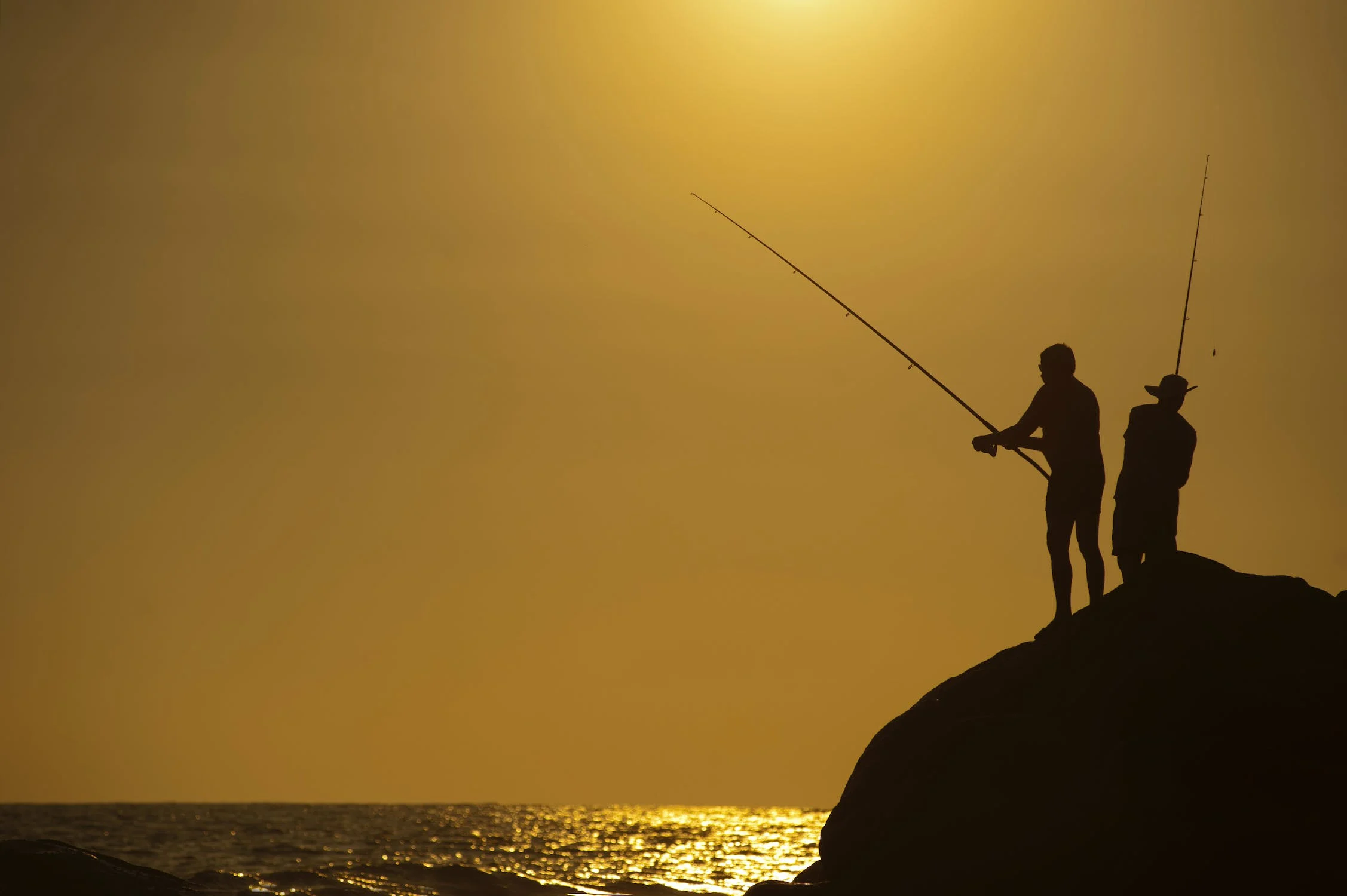
To conclude, fishing for flounder is such an amazing activity to do during your next fishing adventure. Just make sure to wear a strong suit, gather high-quality gear and equipment, and bring along with you great baits —whether it's a natural bait or an artificial one, and perhaps a cute little jig head— in targeting flounder. Moreover, you need to take note of the season, as well as the current tide level, before you go on your trip.
Furthermore, you should take note of the local guidelines and regulations in your area before catching flounder on your trip. Who knows? There might be specific rules and restrictions you should abide by, and you don't really want to go mindlessly and recklessly breaking some laws now, don't you?
To sum it up, flounder fishing is a good way to kickstart or enhance your fishing skills. Whether you are a beginner or a master angler, flounder fishing will be a fun and worthwhile activity for you. Just follow through with these flounder fishing tips that we have listed above for you, and you will be good to go.
Now, pack up, and off to the waters you go!
